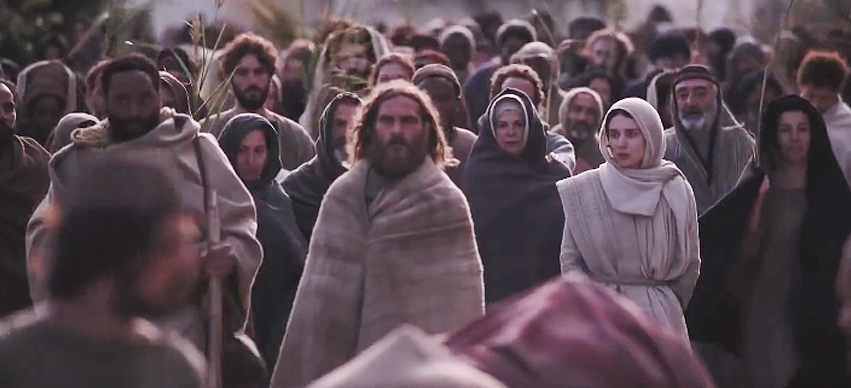Mary Magdalene, the Movie
- Anthony Nanson

- Apr 10, 2018
- 2 min read
Updated: Feb 6

Mary Magdalene has always seemed special. It’s difficult to fit together the different resurrection appearances of Jesus into a coherent narrative, but one thing is clear in the Easter story as I received it: Mary Magdalene is the first person to see him.
The new film Mary Magdalene by Garth Davis makes her even more special. Sometimes it sticks too zealously to the screenwriting doctrine of the ‘hero’, the single protagonist who drives the story; hence the dropping of John the Beloved as a significant character, leaving a simple binary conflict at the end between Mary and Peter. But I loved the way Mary is played (by Rooney Mara) as possessed from the start by an intense longing for God. Her love for Jesus as a man, her loving closeness to him, is inseparable from her being the first of his disciples to comprehend the nature of his calling.
One gets from the New Testament an idea that the Holy Spirit was sent after the ascension of Jesus to heaven. But surely the Spirit has always been among us. What comes across in this film is that Mary is moved by the Spirit from the start. For me the most moving moment was at the Last Supper, when Jesus and Mary, after a pre-supper chat, move apart to walk around the two ends of the table and then sit down side by side in the space left for them at the centre. It’s as if they’re equals. This moment bespeaks the equality of man and woman, yes, but I think it goes beyond matters of gender – to imply a kind of equality, in potentia, of each one of us with Jesus; that we are all called to be sons and daughters of God, that we may all carry the divine within us.
A corollary is just after the crucifixion, when Mary, without hesitation, forgives Judas Iscariot – as if she is divinely empowered to do so. She does this wordlessly, with her eyes, hands, and forehead. There’s a similar sense of such embodiment of spiritual processes in the way that healing is depicted – most dramatically when Jesus lies in full-length contact with the body of Lazarus in order to bring him back from death, and is left utterly drained, as if he’s almost given his life to do this. It graphically conveys the interpenetration of matter and spirit.
The climactic scene, in which Mary argues the Kingdom of God is within us while Peter argues the Kingdom will come with Christ’s return, seemed a bit on the nose and, again, too keen to sustain Mary as the ‘hero’. But, delving into Wikipedia when I got home, I discovered that there exists a ‘Gospel of Mary’, which contains just such an argument between Mary and Peter. Just as in the film, Peter asks why they should accept the authenticity of what Mary claims Jesus has said to her. The first six pages of this Gospel manuscript are lost. Scholars have speculated that these missing pages may have narrated a post-resurrection encounter in which Mary received the teachings she now shares.




Comments